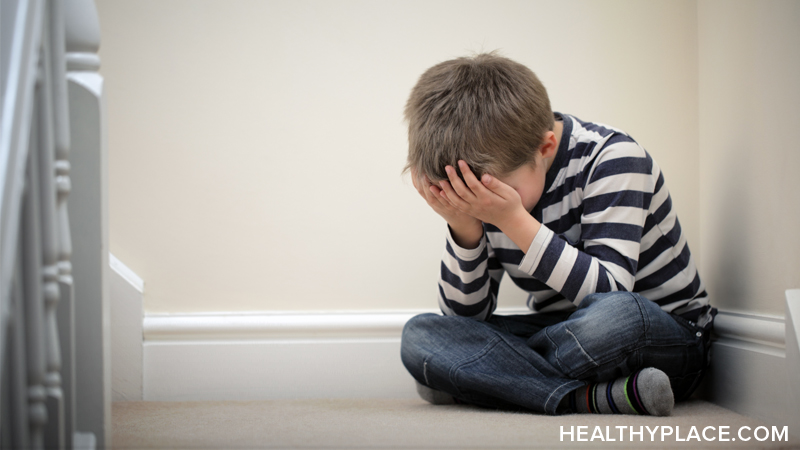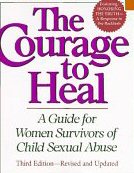When Your Pre-teen Is a Sex Object, Who's to Blame
The "Whore Wars"
by Betsy Hart
I was eagerly browsing the aisles of the Target store a few weeks ago looking for some summer wear for my soon to be 6-year-old daughter. I love Target, and expected this to be easy. A few shorts, a few tops, voila and done.
Voila nothing. Everything was cut so tight and low, or so high and tight in the case of the tops, that there was nothing appropriate for my little one. For one thing, it would have been impractical, uncomfortable summer wear. For another, she doesn't like those styles. But the bottom line is that while I'm not a prude by any means I think dressing a not-yet 6-year-old like she was Britney Spears is at best silly, and at worst unnecessarily sexualizing our littlest girls.
This trend is widespread and has been in the news of late. But at Target? I wasn't surprised, then, just a few days after my unsuccessful shopping trip to find a spread on the phenomenon in the Washington Post explaining that "you can find terry-cloth bikinis at GapKids, metallic-looking bras and bikini underpants labeled "Girl identity" in the girls' department at Sears, and thongs (dental floss that passes for underwear) for girls ages 7 to 14 at abercrombie" (the kids' division of Abercrombie and Fitch). As one 5-year-old girl told ABC News when interviewed on the subject, "I like to look sexy."
Where did she get that from? Or worse, does she actually know what it means? Of course that's nothing compared to what's going on with their older sisters. As the Post reported, in the last few years the clothing of teen-age girls, including teens as young as 12 and 13, has been getting consistently lower and tighter flaunting "breasts, bellies and bottoms" as never before. As one local principal said, skimpy dress "has never been so widespread."
In one sense, I'm not entirely sure that's true. Check out reruns of the Brady Bunch, when even young Marcia and Jan were sure wearing some very short styles. Still, they did not look like sluts. Neither does it appear, judging by the fashion trends of even those "sexual revolution" days, did most other girls in their age group.
Fast forward to when I was in high school in the early eighties. I liked to dress FUN. I liked to go to parties and date. I liked to look good. And for the record, I was not a nerd. But I never, ever wanted to look like a slut.
Today, happily married with four kids, I still like to dress FUN. Again for the record, I just bought a pair of slim fitting, low-waisted but still definitely-above-the-belly-button suede pants. (I think they look pretty good.) But still, I have no interest whatsoever in dressing like a slut.
That, apparently, is not the case with way too many teenage girls right now, in both middle and high school. In fact the battles between parents and these girls over modern dressing standards have been dubbed "the whore wars." Some of these girls reach their objective. They look very provocative and very sexy. Some, I'm sorry to say, have way too much confidence - and weight - to pull of the tight revealing clothes they try to squeeze into, making themselves look doubly ridiculous.
In any event, where in the world are the parents of these young girls who are dressing this way and why aren't they setting some simple boundaries so the school principal doesn't have to? Why are so many parents waving the white flag when it comes to these wars? Further, are these girls and the adults in their lives really so dopey as to believe these teenagers are not sending an overtly "come-and-get-it" sexual message to boys? As one girl told the Post - coyly or stupidly, I'm not sure which - "if they're (the boys) bothered it's their problem." Give me a break. The whole POINT of what these girls are doing is to "bother" the boys, and they know it.
And finally, why are the feminists silent on all this? Aren't they the ones who are supposed to be for girls showing off their brains more than their bodies? I've got three little girls and years ahead to sort out some of these issues. Now if you ask me, my little girls are beautiful - and I'm glad to have them dress accordingly. Still, when it comes to shopping for them, we'll always skip places like "Target-as-Frederick's-of-Hollywood." And for now at least, we'll stick with the Lands' End and L.L. Bean catalogs.
Betsy Hart is a frequent commentator on CNN and the Fox News Channel.
APA Reference
(2021, December 29). When Your Pre-teen Is a Sex Object, Who's to Blame, HealthyPlace. Retrieved
on 2025, October 27 from https://www.healthyplace.com/sex/articles/when-your-pre-teen-is-a-sex-object-whos-to-blame


 There is no way that one article can serve as a complete guide to sex-positive play for survivors or survivor recovery. I highly recommend picking up Haines' book,
There is no way that one article can serve as a complete guide to sex-positive play for survivors or survivor recovery. I highly recommend picking up Haines' book, 



